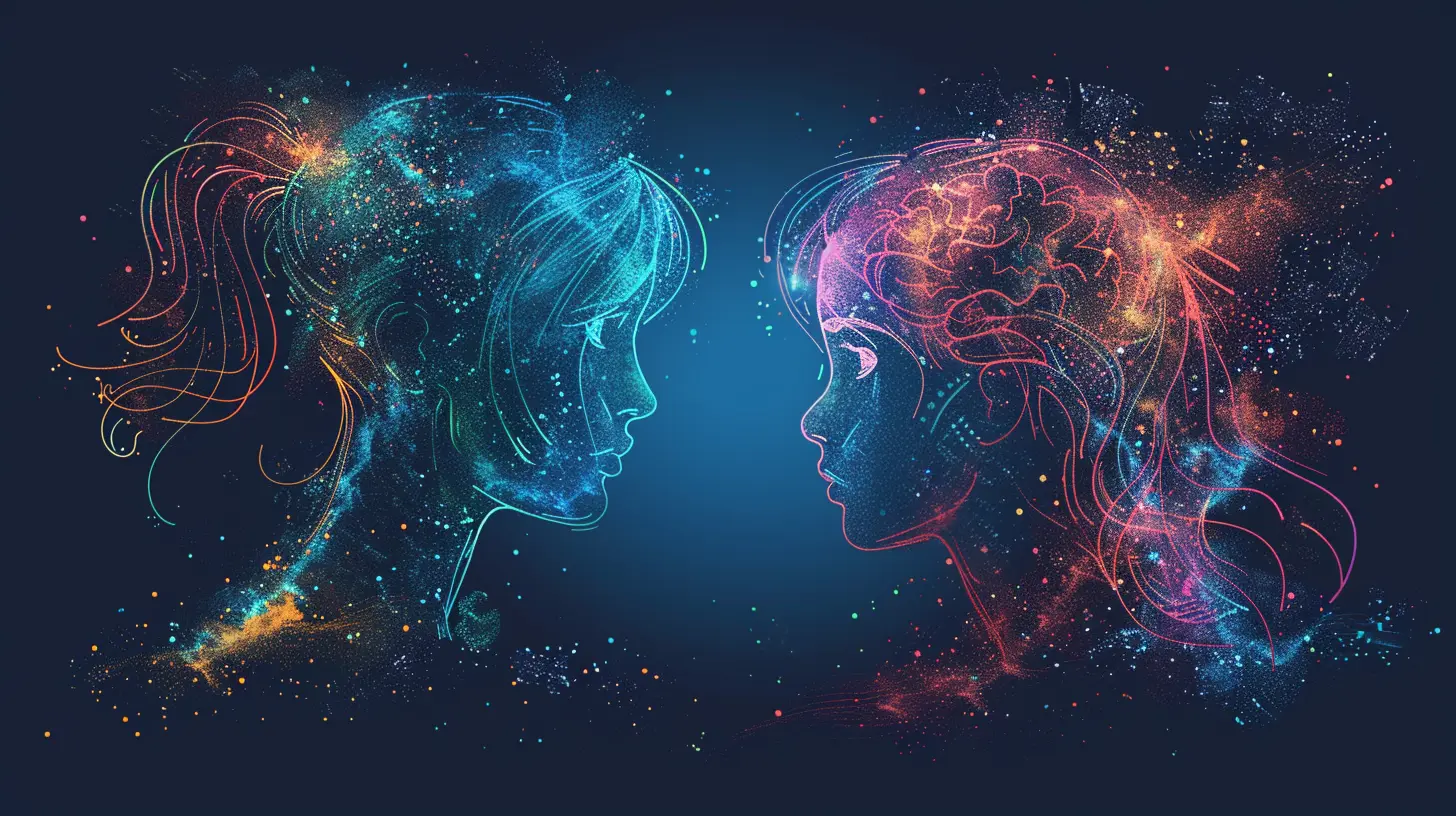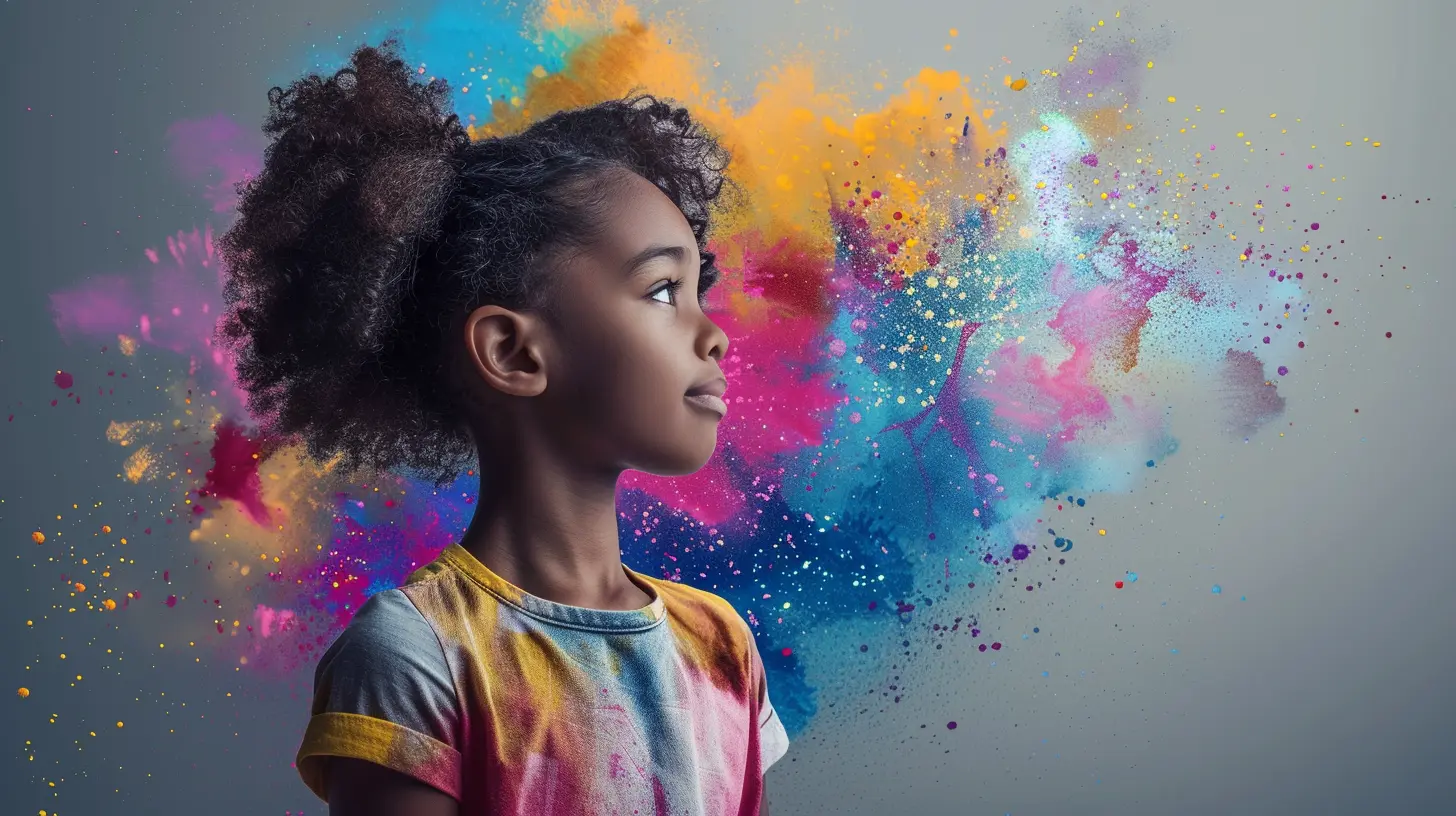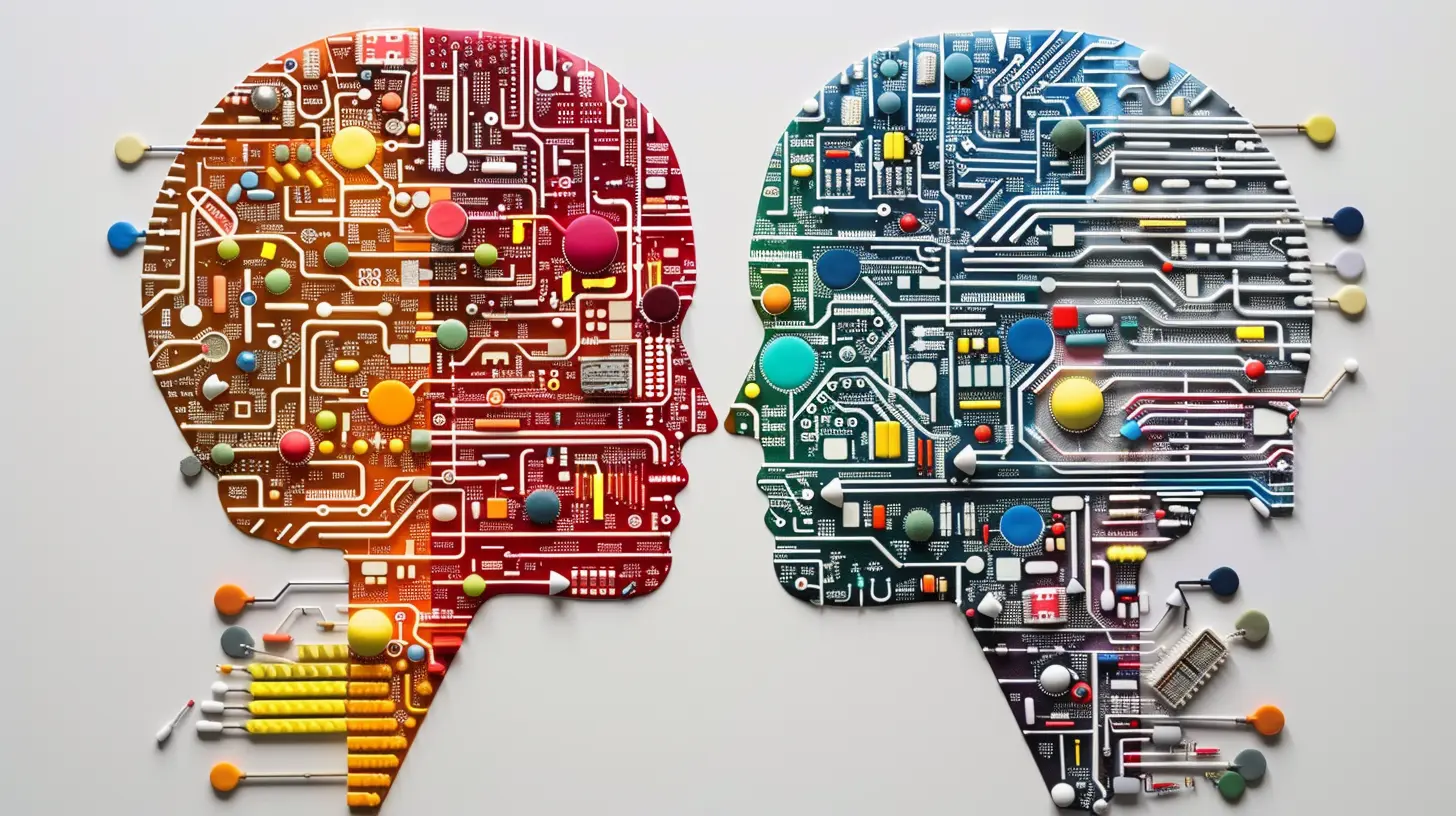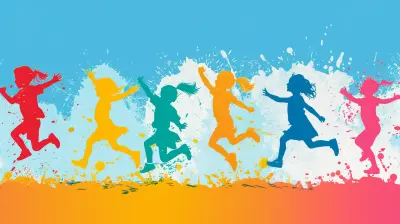The Science Behind Bilingual Brain Development
23 May 2025
Have you ever wondered how speaking two languages affects the brain? It’s no secret that being bilingual comes with many benefits, from better communication skills to cognitive advantages. But what exactly happens in the brain when someone speaks more than one language?
Let’s dive into the fascinating science behind bilingual brain development and uncover how learning multiple languages shapes the mind. 
How the Bilingual Brain Works
The human brain is incredibly adaptable, and language learning is one of the most remarkable ways it demonstrates this flexibility. When a person learns two languages, their brain has to juggle multiple vocabulary sets, grammar rules, and pronunciation patterns. This constant mental workout strengthens neural connections, much like how lifting weights strengthens muscles.The Role of Neuroplasticity
Neuroplasticity is the brain's ability to reorganize itself by forming new neural connections. When you learn a second language, your brain adapts by creating specialized pathways for processing both languages. This rewiring improves overall brain function, making bilingual individuals more adept at problem-solving, multitasking, and memory retention.The Brain Regions Involved
Bilingualism engages several key brain areas, including:- The Prefrontal Cortex – Responsible for decision-making, problem-solving, and managing attention.
- The Hippocampus – Plays a crucial role in memory formation and recall.
- The Broca's Area & Wernicke's Area – These regions are essential for language comprehension and production.
Studies show that bilingual individuals have denser gray matter in these areas, meaning their brains are wired for efficiency and adaptability. 
Cognitive Benefits of Bilingualism
Speaking two languages isn’t just about communication—it also comes with a range of cognitive perks. Let’s break down a few of the most significant ones.1. Enhanced Executive Function
Bilinguals often outperform monolinguals in tasks that require executive function skills, such as planning, organizing, and multitasking. Since their brains constantly switch between languages, they develop strong attention control and cognitive flexibility.2. Better Problem-Solving Skills
Because bilingual individuals are used to thinking in more than one language, they tend to approach problems from multiple perspectives. This ability to see situations from different angles enhances creativity and critical thinking.3. Improved Memory Retention
Learning and using multiple languages strengthens memory by frequently recalling vocabulary, grammar rules, and linguistic structures. This advantage extends beyond language use, benefiting other areas of cognition.4. Delayed Onset of Dementia and Alzheimer’s
Research suggests that bilingualism can delay the onset of neurodegenerative diseases like dementia and Alzheimer’s by several years. The constant mental exercise of language switching helps maintain cognitive reserves, keeping the brain healthier for longer.
How Bilingualism Affects Childhood Development
Children who grow up bilingual experience unique developmental advantages that shape their learning and social skills. Let’s take a closer look at how being bilingual influences childhood development.1. Faster Adaptability to New Learning
Bilingual children are accustomed to managing two language systems, which makes them more adaptable learners. They grasp new concepts quickly and can apply their learning strategies more effectively across different subjects.2. Increased Awareness of Language Structures
Since bilingual children compare and contrast two languages daily, they develop a deep understanding of how language structures work. This heightened awareness can make learning additional languages easier later in life.3. Stronger Social Skills
Being able to communicate in two languages allows bilingual children to interact with a broader range of people. They often develop stronger social skills, cultural awareness, and empathy because they understand different perspectives.4. The Myth of Language Confusion
Some people worry that exposing young children to two languages may confuse them. However, scientific research debunks this myth. Bilingual children might mix languages while they're learning, but their brains quickly sort everything out. In the long run, they gain superior linguistic abilities and cognitive skills.
Challenges of Being Bilingual
While bilingualism offers many benefits, it’s not without its challenges. Let’s explore some common difficulties bilingual individuals may face.1. Language Interference
Sometimes, bilinguals unintentionally mix words or grammar rules from both languages in conversation. This phenomenon, known as code-switching, is natural and usually resolves itself with practice and exposure.2. Unequal Proficiency Levels
Many bilinguals are stronger in one language than the other, depending on their surroundings, education, and frequency of use. Maintaining proficiency in both languages requires ongoing practice and engagement.3. Potential for Language Attrition
If a bilingual person stops using one of their languages regularly, they may experience language attrition—gradual forgetting of vocabulary and fluency. However, exposure and immersion can help retain linguistic skills.The Science of Language Switching
One of the most impressive abilities of bilingual individuals is their capacity to switch seamlessly between languages. This process, known as language switching or code-switching, involves rapid mental adjustments that engage various brain regions.How Does the Brain Manage Language Switching?
The brain relies on the executive control system, primarily located in the prefrontal cortex, to regulate language use. When switching languages, the brain actively suppresses one language while activating the other, ensuring smooth communication.Studies using brain imaging techniques, such as fMRI and EEG, reveal that bilinguals develop heightened executive function to manage this switching efficiently.
Does the Age of Learning a Second Language Matter?
A common question about bilingualism is whether it’s better to learn a second language as a child or an adult. While it’s true that children tend to pick up languages more effortlessly due to their brain plasticity, adults can still become fluent with enough practice and immersion.- Children acquire native-like pronunciation more easily because their brains are more flexible in processing new sounds.
- Adults may have a deeper understanding of grammar and vocabulary due to their prior language-learning experience.
Regardless of age, the benefits of bilingualism remain significant. It’s never too late to start learning a new language!
Conclusion
The science behind bilingual brain development is both fascinating and inspiring. From enhancing cognitive functions to strengthening memory and delaying dementia, being bilingual offers lifelong advantages.Sure, there are challenges, but the benefits far outweigh them. Whether you’re raising a bilingual child or considering learning a new language yourself, remember that every word you learn strengthens your brain. So why not give bilingualism a shot? Your brain will thank you!
all images in this post were generated using AI tools
Category:
Bilingual EducationAuthor:

Monica O`Neal
Discussion
rate this article
3 comments
Freya McMahan
Did you know your brain gets a workout like a superhero in a gym when learning languages? It’s like lifting weights with words! 🏋️♂️💬 Unleash that bilingual power and watch your neurons throw a party! 🎉🧠 #BrainyBilinguals
June 4, 2025 at 2:30 AM

Monica O`Neal
Absolutely! Learning languages is an incredible way to enhance cognitive abilities and strengthen neural connections. Let's keep those brains fit! 💪🧠
Pamela McDaniel
This article offers valuable insights into how bilingualism enhances cognitive flexibility and brain development, highlighting the importance of language learning for children.
June 1, 2025 at 10:17 AM

Monica O`Neal
Thank you! I'm glad you found the insights on bilingualism and cognitive flexibility valuable. Promoting language learning in children is indeed crucial for their overall development.
Kenzie Wheeler
Who knew that speaking two languages could make your brain do the cha-cha? Dance on, bilingual brains!
May 23, 2025 at 2:28 AM

Monica O`Neal
Thank you! It’s fascinating how bilingualism enhances cognitive flexibility and brain function—definitely a dance worth celebrating!



